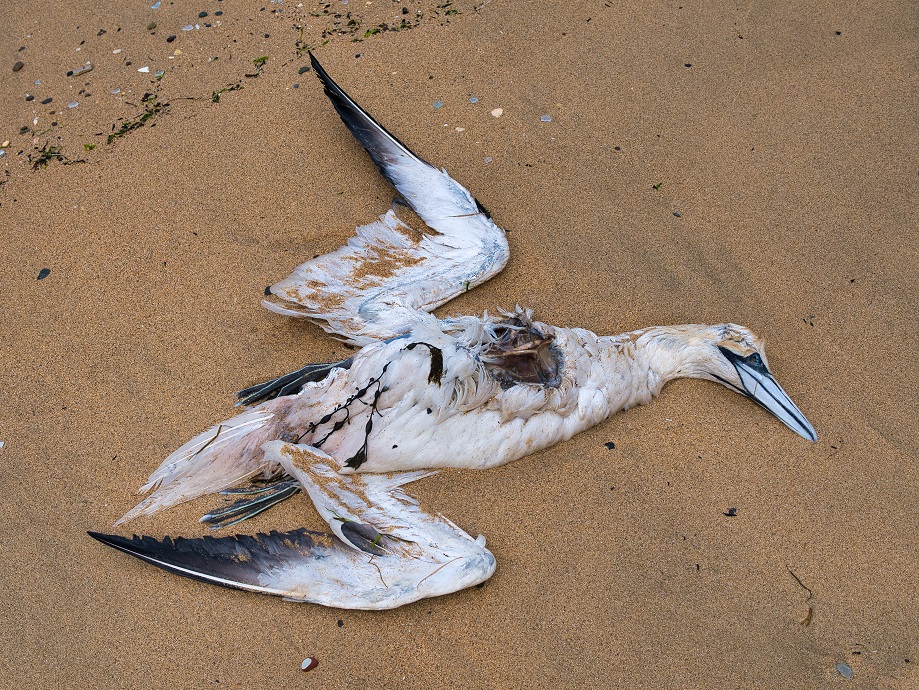Host Range
H5N1 clade 2.3.4.4b has an extensive host range. This list includes almost 500 different bird species globally.
Waterfowl and Seabirds
H5N1 is most commonly detected in aquatic birds. Some species of waterfowl like ducks don't get sick from a H5N1 infection. This is highly problematic as local outbreaks are kept going by this reservoir species. While the high mortality in other species would usually lead to the virus running out of hosts, the virus can sustain itself over a long time without becoming less lethal to many species.
H5N1 strives within the crowded colonies of seabirds. Most reports of H5N1 infections are from coastal regions.
Migrating Birds
Migrating birds are spreading H5N1 all over the globe. With the introduction of H5N1 clade 2.3.4.4b this is happening to an entirely unprecedented extent. H5N1 is now present during all seasons, spreading continuously with an extended host range. Since the detection of H5N1 clade 2.3.4.4b in 2020, it has crossed the Atlantic from Europe to Newfoundland in December 2021. In August 2023 H5N1 was already detected in the most southern part of America, Tierra del Fuego.
Scavenging Birds
Scavenging provides an opportunity for H5N1 to be transmitted back and forth between mammals and birds. The most worrying virus variant detected so far, although not peer-reviewed, was found in a bird with a preference for scavenging, the Red Tailed Hawk.
Extinction, Survival, and Vaccination
H5N1 is already an ecological disaster. It is clearly threatening the survival of several endangered bird species. But not all infected birds die and the survivors may have gained immunity to the virus. Wildlife conservationists go to great length to protect endangered species, especially the California Condor. But not all birds can be hand-fed and individually vaccinated. And it is entirely unclear when this outbreak may subside on a global scale.




